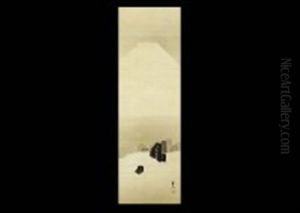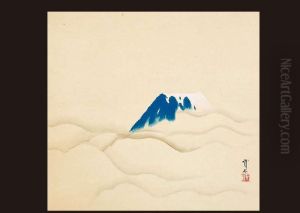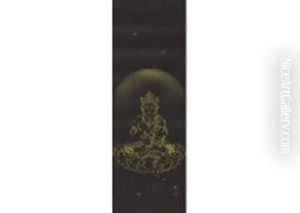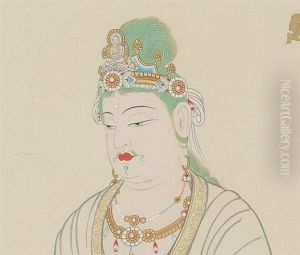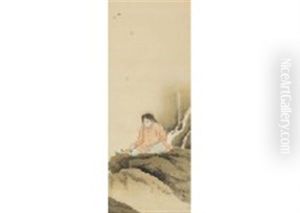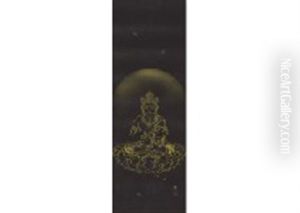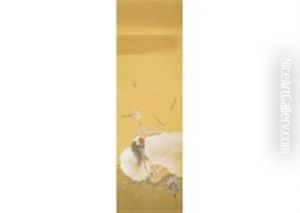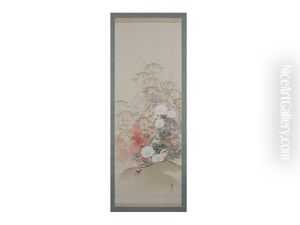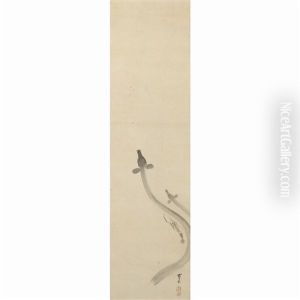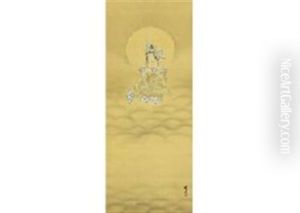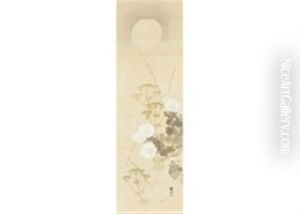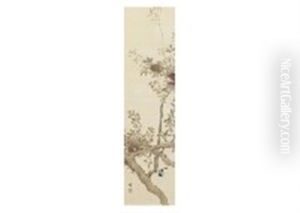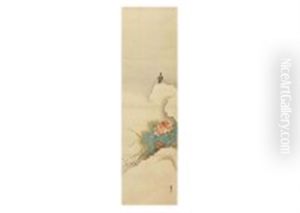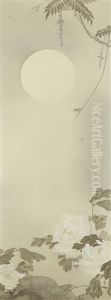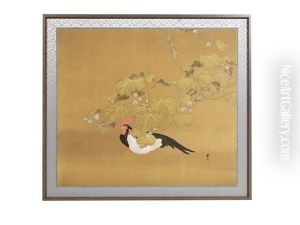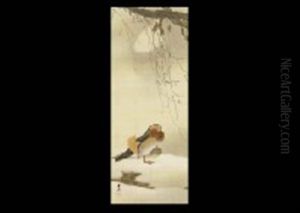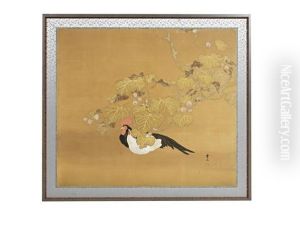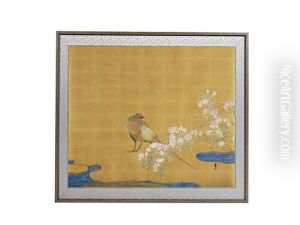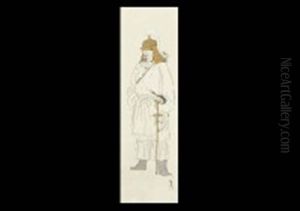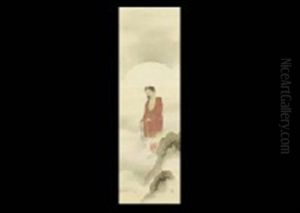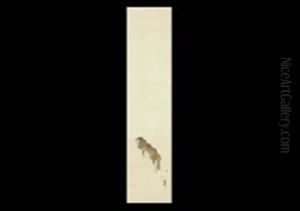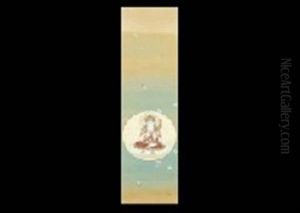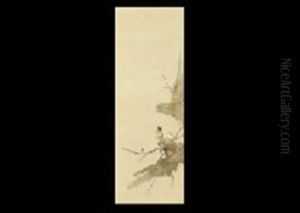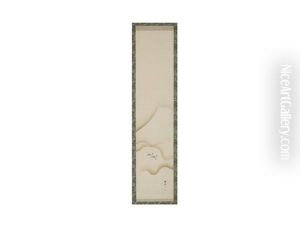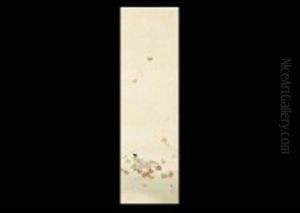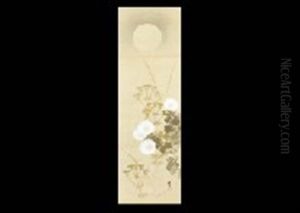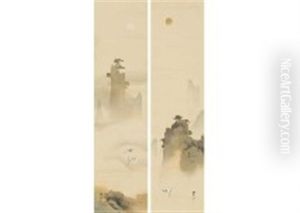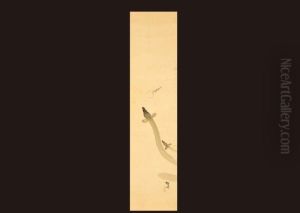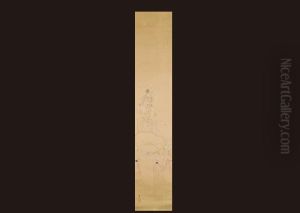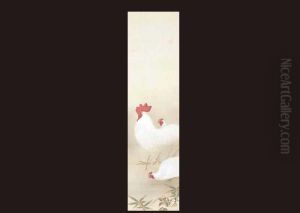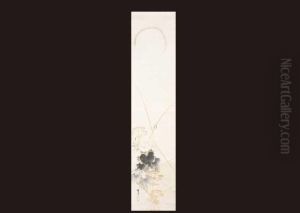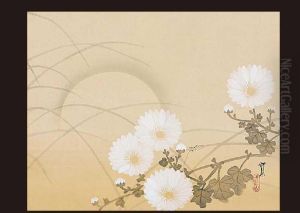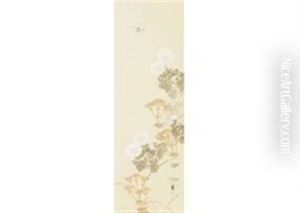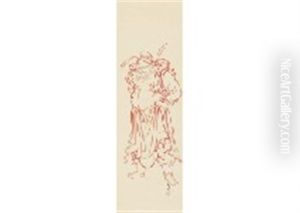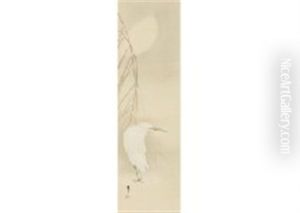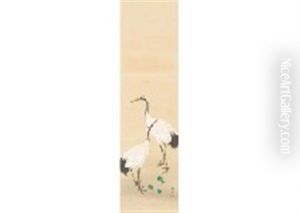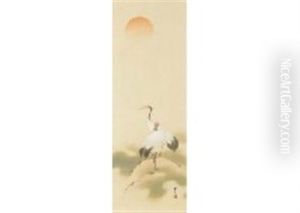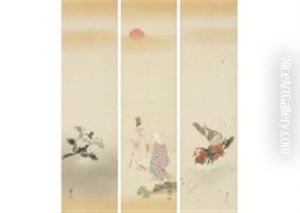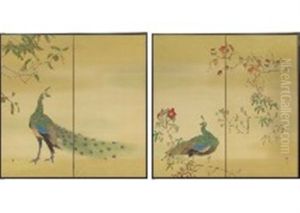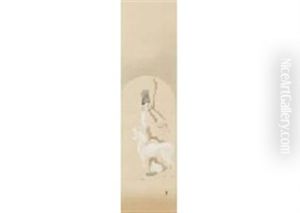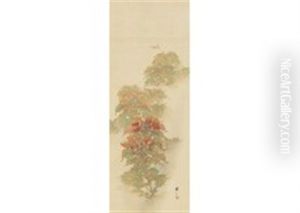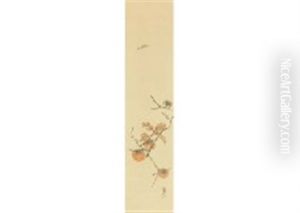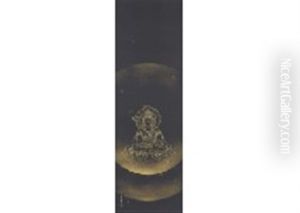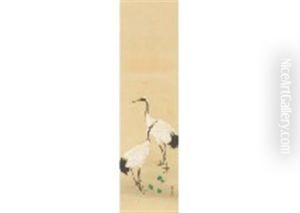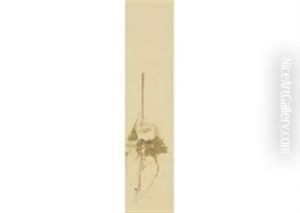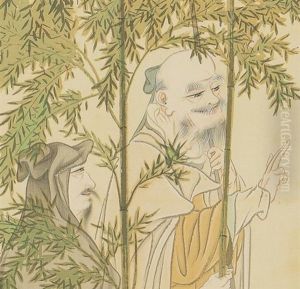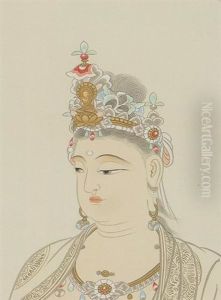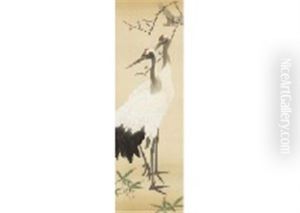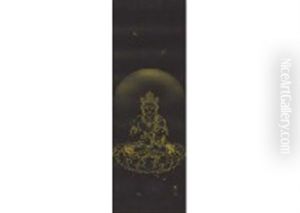Kimura Buzan Paintings
Kimura Buzan was a Japanese painter, born in 1876 in the Okayama Prefecture of Japan. He is known for his work in the Nihonga style, which is a traditional Japanese painting technique that emerged during the Meiji period (1868-1912). This style sought to differentiate itself from Western painting styles that were becoming increasingly influential in Japan at the time.
Buzan studied under the renowned Nihonga artist Hashimoto Gaho and later under Kanō Hōgai. Under the guidance of these masters, he perfected his technique and developed his own unique style. Buzan's work often featured Japanese historical themes and classical subjects, including figures from Japanese mythology and folklore.
In 1907, Kimura Buzan was appointed as an Imperial Household Artist, a prestigious position that reflected his standing in the Japanese art world. This role involved creating artworks for the Imperial family and contributed to his reputation and legacy. His paintings were characterized by their delicate brushwork and use of traditional pigments, as well as a sense of serenity and a deep reverence for nature, which are hallmarks of the Nihonga aesthetic.
Throughout his career, Buzan received numerous awards and accolades, and his paintings were exhibited in several prestigious exhibitions. His works are now considered important cultural assets and are held in collections both in Japan and internationally.
Buzan also played a significant role in the art education sphere. He was a proponent of the Nihonga style and took part in the establishment of art institutions that aimed to preserve and promote traditional Japanese painting techniques.
Kimura Buzan passed away in 1938, leaving behind a legacy as one of the leading figures in the Nihonga movement. His contributions to the world of Japanese art have been celebrated for their beauty, technical mastery, and for encapsulating the spirit of Japan's rich cultural heritage.
